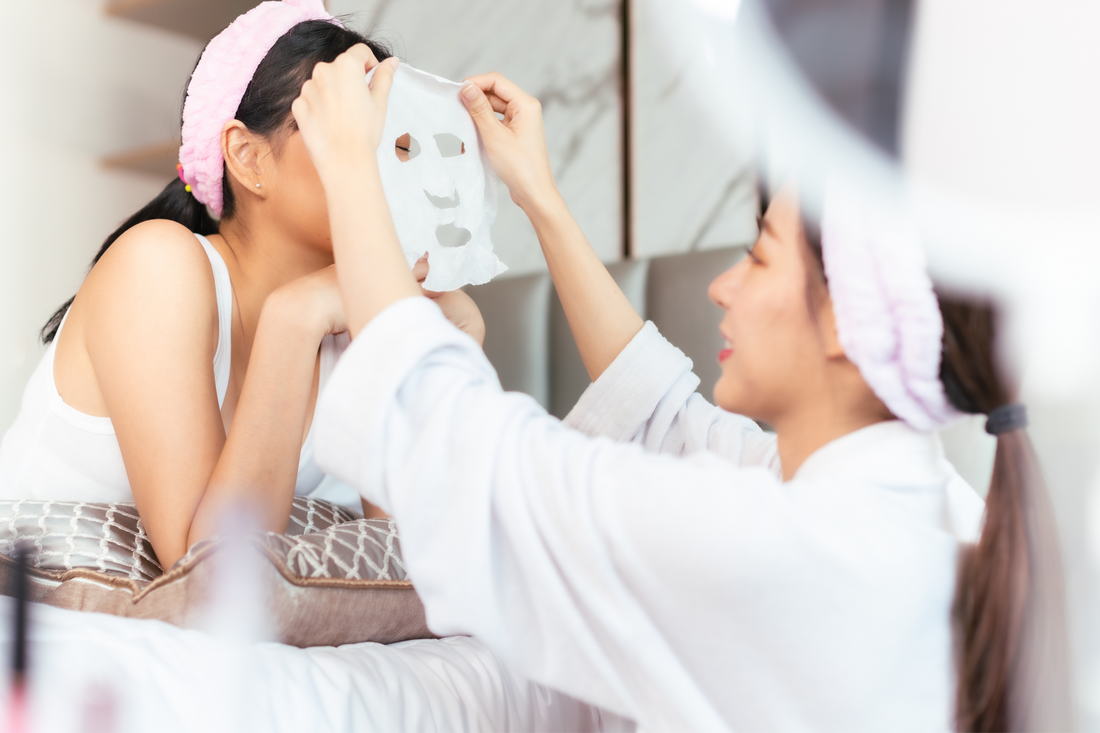
Why has K-Beauty become so popular?
If you were to live on a deserted island, far from civilization and social media, chances are you've never heard of K-Beauty (or as your grandmother might say, Korean beauty products). But if, on the contrary, you're a fan of the 10-step Korean skincare routine and Korean beauty products are a staple in your daily routine, you've undoubtedly asked yourself: why has K-Beauty become so popular? Even though France is a world leader in cosmetics, how do we explain this phenomenal craze for Korean beauty?
In this article, we'll try to uncover the secrets behind this unprecedented wave of interest and popularity in the cosmetics industry.
A unique approach to beauty
South Koreans have a significantly different relationship with beauty products than we do. It's more of a cultural approach, even a true beauty cult. The importance placed on physical appearance, and more specifically, on skin quality, is paramount.
The demand for high-quality skin is high in South Korea. Consumers seek a uniform, flawless complexion and a luminous glow. This quest for perfection involves a rigorous skincare routine focused on prevention. Daily skincare, true beauty tips passed down from generation to generation, is designed to maintain healthy skin and delay the appearance of aging.
From natural ingredients to original and innovative cosmetic formulas
K-Beauty is known for its avant-garde approach. By combining the benefits of traditional Asian medicine with cutting-edge cosmetic technologies, Korean brands offer innovative textures and high-performance formulas. Korean cosmetics have thus become benchmarks in skincare, meeting the expectations of even the most demanding consumers. They offer excellent value for money and are suitable for all skin types.
Korean cosmetics favor a natural and effective approach to enhancing the skin. Their products highlight carefully selected, natural ingredients with recognized properties: collagen, hyaluronic acid, niacinamide, peptides, probiotics. These actives are often combined with special natural ingredients such as Centella Asiatica, bakuchiol, AHA/BHA/PHA acids, offering a perfect synergy for customized care.
For your peace of mind, know that all Cheery-K products are carefully selected and meet the quality and safety standards in force in the European Union.
Holistic Skincare rituals
The Korean beauty routine is much more than simply applying products. K-Beauty is distinguished by its meticulously crafted skincare rituals. Layering, the true pillar of this approach, which emphasizes prevention, consists of superimposing different layers of products (exfoliant, mask, lotion, eye cream, serum, cream) to create a protective barrier and preserve the youthfulness of the skin. Each step, from double cleansing to applying sunscreen, is designed to meet the specific needs of each skin type, while the use of natural ingredients makes this routine a truly enjoyable experience.
Collaboration
Social media, particularly TikTok, has played a decisive role in popularizing K-beauty outside of Asia. Brands quickly understood the importance of influencers in reaching a young and connected audience. K-beauty has therefore been able to create a real community around its products. Makeup tutorials and skincare routines, shared by millions of influencers, have made these products essential, allowing users to share their experiences and tips.
Conclusion
K-Beauty has a bright future ahead. Korean brands continue to innovate and offer increasingly effective products tailored to consumer needs. The influence of social media and the globalization of beauty will accelerate this trend even further. K-Beauty is more than just a passing fad; it is a true revolution in the world of cosmetics.
P.S. Choosing beauty products can be a real headache. That's why we're here to help you find the perfect products for your skin.
Cheerfully yours,
The Cheery-K team
